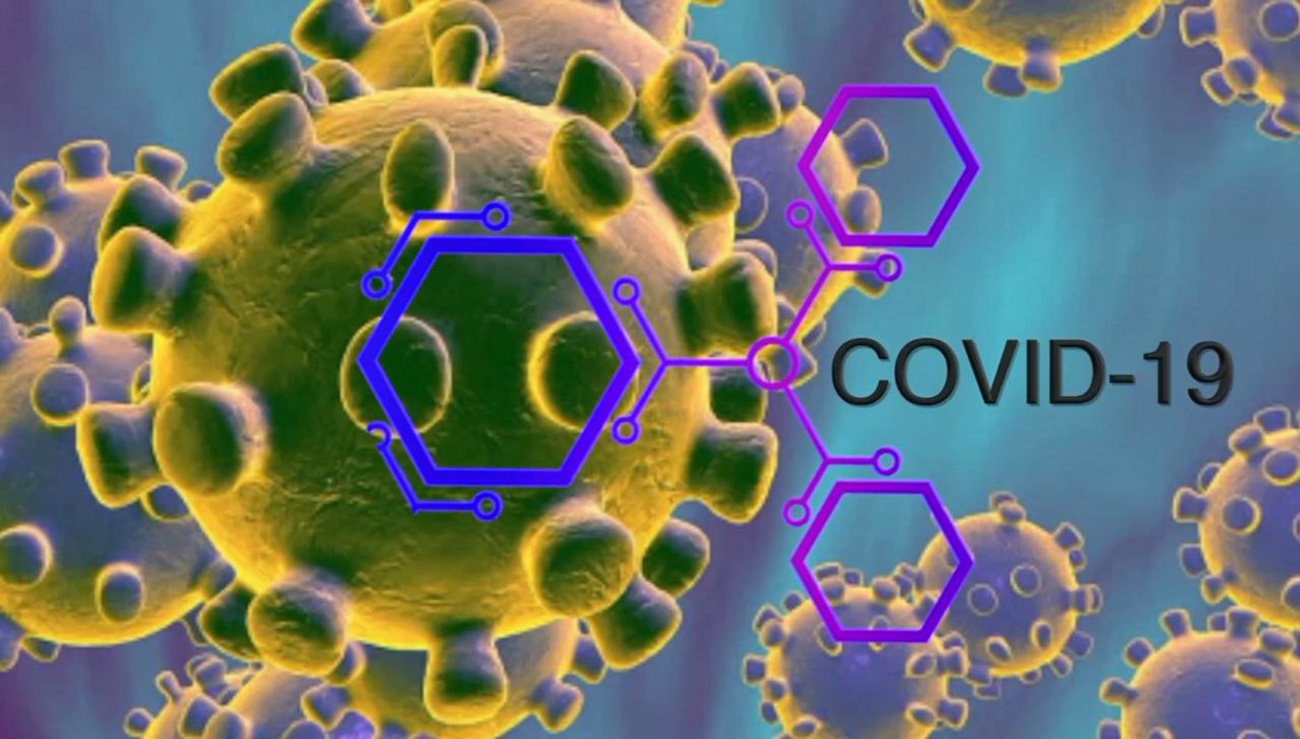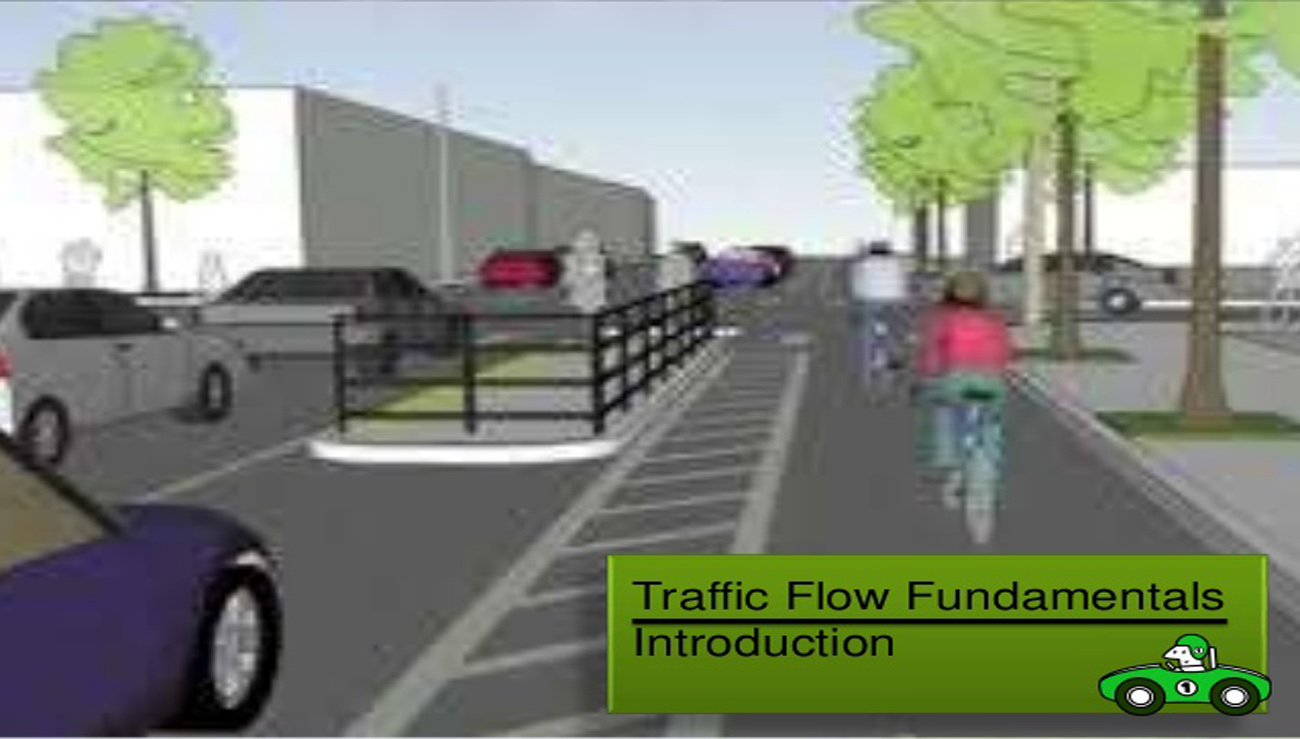
Mobile Learning: An Approach to Improve the Quantity of Educational Attainment in Conflict Hit Areas Like J&K
Mobile Learning: An Approach to Improve the Quantity of Educational Attainment in Conflict Hit Areas Like J&K The days are gone when mobile was considered a big distraction in the study. We can make best use of mobile in achieving educational attributes by improving both quantity and quality of education and this approach is simply called mobile learning. This paper presents an outlook of making best use of mobile learning to increase the educational attainment, especially in conflict hit areas, where strikes, curfew and processions, demonstrations become the hurdle in the normal working hours in the educational system. Here we have taken an example of Jammu and Kashmir, where the security climate is vulnerable from last more than thirty years and peace is a major concern at present. In this situation a fear among the student community to go schools has risen to a level, which ultimately affects the education system badly. In most of the cases, the syllabus is not completed in the schools due to shortage of effective class hours. To tackle this situation, the mobile learning could be the best remedial measure to address this issue.
Author(s):
Keywords:
Educational attainment, Mobile learning, Strikes, Curfews and effective classes
URL:
https://jotitt.chitkara.edu.in/index.php/jotitt/article/view/136
References:
M. I. Yousuf, “Effectiveness of mobile learning in distance education,” Turkish Online Journal of Distance Education, vol. 8, no. 4, 2014.
M. Sarrab, L. Elgamel and H. Aldabbas “Mobile learning (M-learning) and educational environment,” International Journal of Parallel Emergent and Distributed Systems, vol. 3, no. 4, pp. 31–38, 2013.
VNI Complete Forecast Highlights, 2018, [Online]. Available: https://www.cisco.com/c/dam/m/en_us/solutions/service-provider/vni-forecast-highlights/pdf/India_Device_Growth_Traffic_Profiles.pdf, [Accessed:21 April 2019]
M. M. Hassan and T. Mirza, “Curriculum complexity based model of blended learning,” International Journal of Research in Advent Technology, vol. 7, no. 2, 2019.
T. H. Brown and L. S. Mbati, “Mobile learning : Moving past the myths and embracing the opportunities,” International Review of Research in Open and Distributed Learning, vol. 16, no. 2, pp.115–135, 2015.
Y. Mehdipour and H. Zerehkafi, “Mobile learning for education: Benefits and challenges,” International Journal of Computational Engineering Research, vol. 3, no. 6, pp. 93–101, 2013.
A. Sönmez, L. Göçmez, D. Uygun and M. Ataizi, “A review of current Studies of mobile learning,” Journal of Educational Technology and Online Learning, vol. 1, no. 1, pp. 13–27, 2018.
A. Hassan, “Impact of the conflict situation on Education in Kashmir (A sociological Study),” Globe Ethics in Highier Education, vol. 1, no. 5, pp. 121–134, 2012.
H. Shah, “School education in Jammu and Kashmir : Issues and concerns,” An International Journal of Education and Applied Social Science, vol. 9, no. 1, pp. 107–113, 2018.




